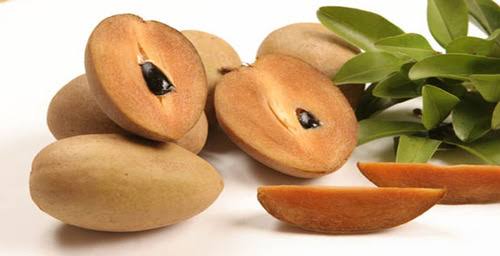Mango - Health benefits application chemical constituents side effects and many more

Mango/Aam/Amba Mangifera indica L. (mango) is known as “ The king of fruits ” because it is the most popular fruit in tropical regions. It is the national fruit of India and the Philippines, and the national tree of Bangladesh. The mango belongs to genus Mangifera, which consists of numerous species of tropical fruits in the family of Anacardiaceae. Mangifera indica L. is native to India and Southeast Asia, where it has been cultivated for over 4000 years for the good qualities of the fruits. It shows anti-oxidant, anti-viral, cardiotonic, hypotensive, anti-inflammatory properties. Various effects like antibacterial, antifungal, anthelmintic, antiparasitic, antitumor, antibone resorption, antispasmodic, antipyretic, antidiarrhoeal, antidiabetic, antiallergic, immunomodulation, hypolipidemic, anti microbial, hepatoprotective, gastroprotective properties. Click here for more information about Anti-oxidant and free radicals It has different nam

